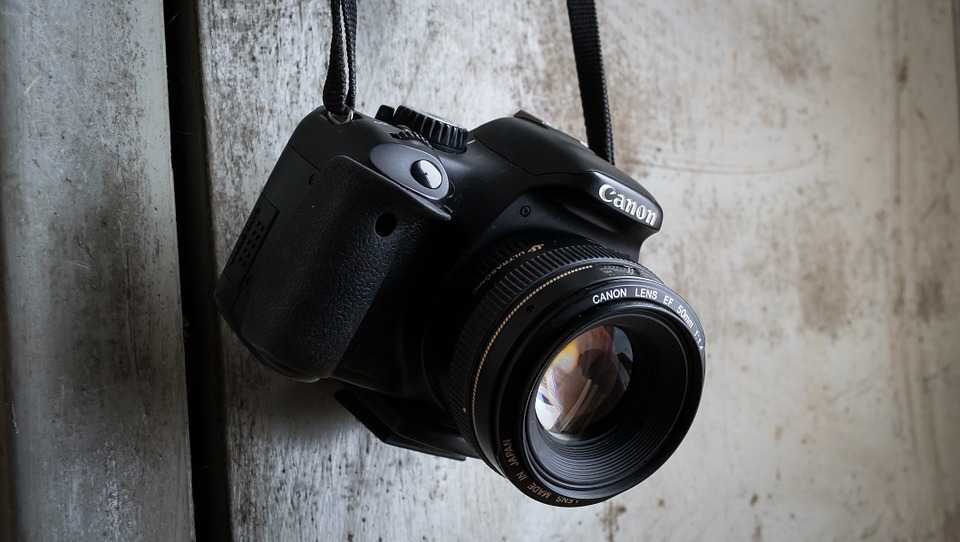In the world of photography, composition plays a crucial role in capturing visually compelling images. It is the art of arranging elements within a frame to create a harmonious and impactful image. Among the various composition techniques, there are three key elements that every photographer should master: balance, leading lines, and the rule of thirds. In this article, we will delve into these elements, exploring their significance and providing practical tips to enhance your photographic compositions.
- Balance:
Balance is the distribution of visual weight within an image. It ensures that no single element overpowers the others, creating a sense of equilibrium. There are two types of balance: symmetrical and asymmetrical. Symmetrical balance involves mirroring elements on either side of the frame, while asymmetrical balance achieves equilibrium through the strategic placement of different-sized objects. By understanding and utilizing balance, photographers can create visually pleasing and harmonious compositions.
Practical Tip: Experiment with different types of balance to evoke different emotions in your photographs. Symmetrical balance can convey a sense of stability and formality, while asymmetrical balance can add dynamism and tension to your images.
- Leading Lines:
Leading lines are compositional elements that guide the viewer's eye through the image, creating a sense of depth and visual interest. These lines can be straight, curved, or diagonal, and they can be found in various subjects, such as roads, rivers, or architectural elements. By incorporating leading lines, photographers can direct the viewer's attention to the main subject or create a visual journey within the frame.
Practical Tip: Look for natural or man-made leading lines in your surroundings. Experiment with different angles and perspectives to maximize their impact. Leading lines can be used to emphasize a sense of perspective, draw attention to a specific subject, or create a sense of movement within the frame.
- Rule of Thirds:
The rule of thirds is a fundamental principle in photography composition. It involves dividing the frame into a 3x3 grid, resulting in nine equal parts. The main subject or points of interest should be placed along these gridlines or at their intersections. This technique adds balance, visual tension, and interest to the image, as it avoids placing the subject in the center of the frame.
Practical Tip: Use the gridlines provided by your camera or imagine them while framing your shot. Experiment with placing your subject at different intersections or along the lines to create a more visually engaging composition. Remember, the rule of thirds is not a strict rule but rather a guideline that can be broken creatively.
Conclusion:
Mastering the art of composition is essential for photographers seeking to capture captivating and impactful images. By understanding and utilizing the three key elements of balance, leading lines, and the rule of thirds, photographers can elevate their compositions to new heights. Remember to experiment, practice, and develop your own unique style. With time and dedication, you will unlock the power of composition and create visually stunning photographs that leave a lasting impression.


